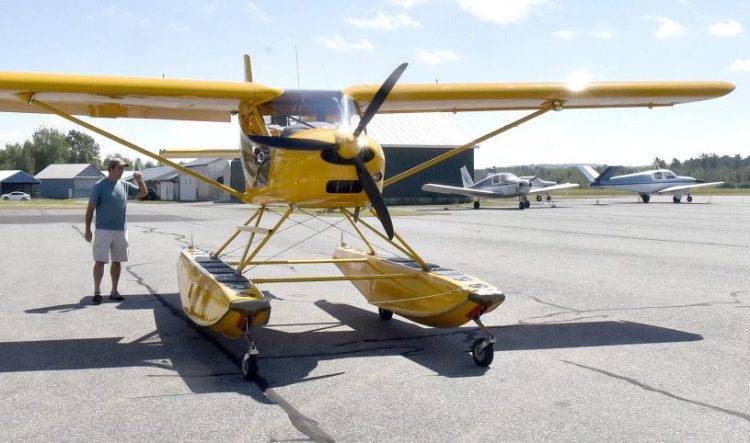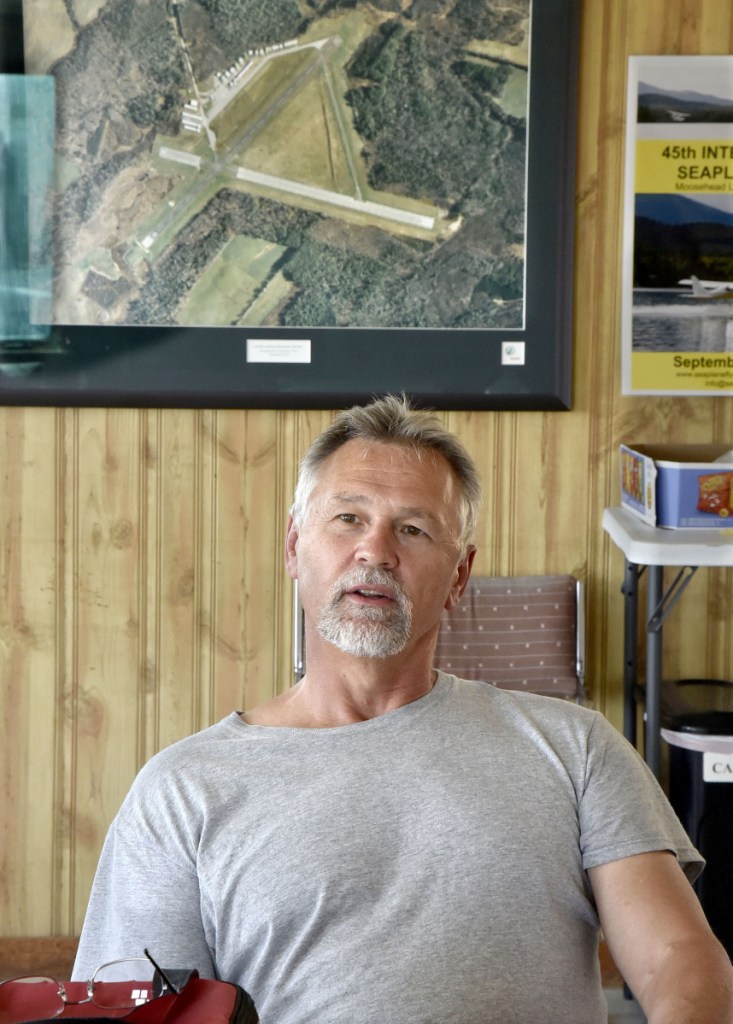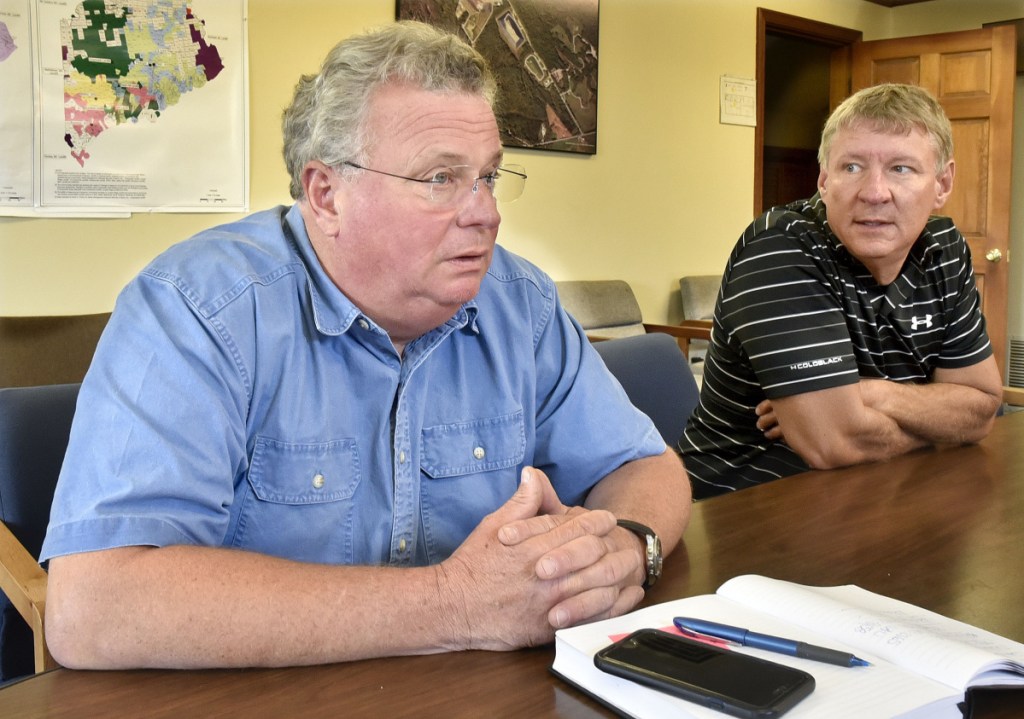NORRIDGEWOCK — Officials are looking into how to resolve concerns about birds causing safety problems at the town-owned airport that have left some wondering whether a proposal to expand a neighboring landfill will aggravate the challenges of wildlife management.
“It’s always a topic of conversation when we get a group of pilots together,” Norridgewock Town Manager Richard LaBelle said. “(The birds) do tend to sit on the runway, and we haven’t maintained the best records of near misses and actual hits.”
The town is planning to roll out within the next 30 days a new program for reporting pilots’ encounters with birds, while at the same time monitoring whether a proposed expansion at the Crossroads Landfill could contribute to increased bird problems.
Meanwhile, representatives for Waste Management Disposal Services of Maine, which owns and operates Crossroads, said they don’t see their plans to add 51 acres of landfill capacity as furthering the airport’s challenges.
“I’m not trying to minimize the fact birds are around, but at the same time, it’s part of the local DNA of all the employees here to prevent any bird strike hazard,” said Jeff McGown, senior district manager for Waste Management. “We don’t want to see anybody hurt as a result of birds coming in. It’s something that is part of our daily management, and I think we’ve done a good job.”
Crossroads’ expansion plans would about double the size of the current landfill and extend its lifetime 15 years.
At a public meeting last week, Glenn Davis, who owns hangars at the Central Maine Regional Airport of Norridgewock, said birds drawn to the landfill for feeding are already a safety problem at the airport and an expansion could make the problem worse.
Davis also referenced recent updates the town is making to its master plan for the airport, which is owned and operated by the municipality.
The plan, which still is being revised, includes a summary of a wildlife hazard evaluation conducted by the group NewEarth Ecological Consulting.
It found 59 species of birds around the airport and listed 16 as posing the most significant hazard to the airport. The plan also mentions other wildlife, such as deer, coyotes and raccoons, as threats.
The most hazardous birds included the Canada goose, the turkey vulture and the wild turkey. None of the species is on state or federal listings of endangered or threatened species, according to the plan.
Jeff Paine, a pilot who was at the airport Wednesday, said he hasn’t witnessed a big problem with birds in recent years.
“Waste Management has been very accommodating,” he said. “They’ve been a good neighbor to us. A bird can do some damage to an airplane, but I haven’t found them to be a real bad problem.”
The plan says no bird strikes or near misses have been reported over the last five years, but LaBelle said that could be because of poor record keeping. Soon, he said, the airport will start maintaining a log or offering a phone number where pilots can report strikes or near misses.
“Really we have to look at the legitimacy of those concerns, and if you don’t have a good track record, it’s tough to justify (a fence or other mitigating factors),” LaBelle said. “I don’t think there are many people who would argue, though, that there’s an elevated wildlife concern at the airport because of Waste Management.”
The plan also mentions a permit the airport holds with U.S. Fish and Wildlife to dispatch birds if they are found to be a risk to human health, safety or personal property.
LaBelle said the town has not used the permit at least since he took over as manager in 2016.
At the same time, Waste Management, which holds a similar permit, has had to kill birds at times, though it has been “minimal,” McGown said.
“Almost all of them are managed by interrupting their paths with bird lines, distress signals or pyrotechnics,” he said. “As far as actually having to shoot birds, it’s minimal.”
McGown and Sherwin McKenney, district engineer for Waste Management, said they don’t see the challenges of keeping birds out of the landfill changing with the proposed expansion.
As the expansion comes online, the current landfill would be phased out, meaning the overall area the birds are attracted to would remain about the same.
They also said some of the problems at the airport are results of the nature of the airport itself.
“Birds are attracted to open areas where they can feed and prey on (other animals), whether it be rodents, or whatever,” McGown said. “The airport is a vast, open area where agricultural activity regularly takes place, so there are going to be challenges at both sites on an ongoing basis.”
Rachel Ohm — 612-2368
Twitter: @rachel_ohm
Send questions/comments to the editors.






Comments are no longer available on this story